Home>Furniture & Design>Bathroom Accessories>Martha Stewart’s Tips For Cleaning A Toilet Brush
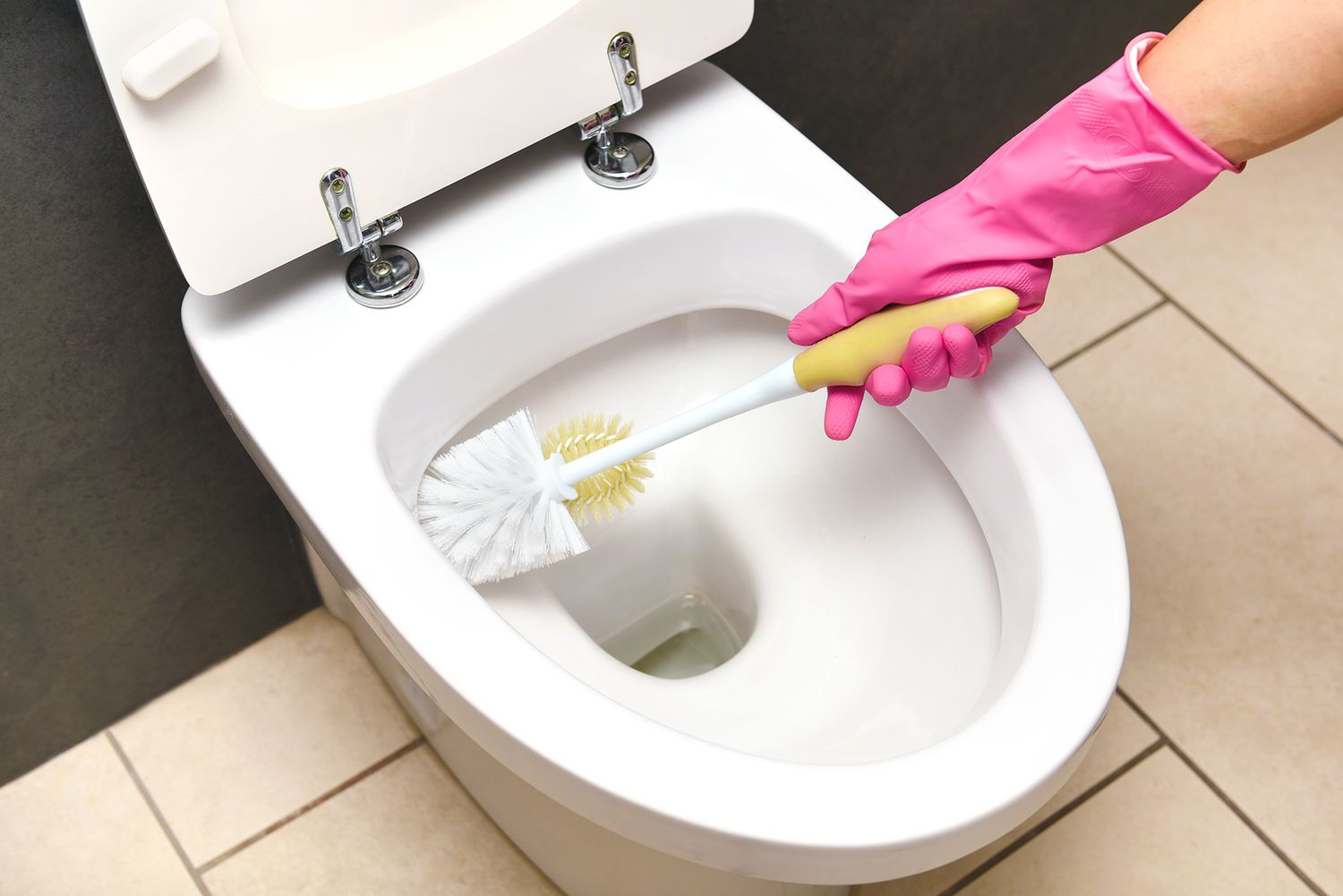

Bathroom Accessories
Martha Stewart’s Tips For Cleaning A Toilet Brush
Modified: April 22, 2024
Discover Martha Stewart's expert tips for cleaning bathroom accessories, including the essential steps for maintaining a hygienic toilet brush. Keep your bathroom sparkling with these helpful cleaning insights.
(Many of the links in this article redirect to a specific reviewed product. Your purchase of these products through affiliate links helps to generate commission for Storables.com, at no extra cost. Learn more)
Introduction
Cleaning the bathroom is a chore that most people would rather avoid, but it's a necessary task to maintain a clean and hygienic living space. One often overlooked item in the bathroom cleaning routine is the toilet brush. Martha Stewart, the renowned home and lifestyle expert, has shared valuable tips for effectively cleaning and maintaining a toilet brush to ensure optimal hygiene and cleanliness in the bathroom.
A toilet brush is an essential tool for keeping the toilet bowl clean and free from stains and odors. However, it's important to remember that the brush itself requires regular cleaning and maintenance to prevent the spread of germs and bacteria. Martha Stewart's expert advice provides practical and efficient methods for ensuring that the toilet brush remains a hygienic and effective cleaning tool.
By following Martha Stewart's tips for cleaning a toilet brush, you can not only maintain a sparkling clean bathroom but also contribute to a healthier living environment for you and your family. Let's delve into Martha Stewart's expert recommendations for cleaning and caring for this often overlooked bathroom accessory.
Key Takeaways:
- Keep your toilet brush clean and hygienic by using a high-quality toilet bowl cleaner, rinsing it thoroughly, and disinfecting it regularly. Proper drying and storage are also essential for a fresh and inviting bathroom.
- Martha Stewart’s tips for cleaning a toilet brush ensure a sparkling clean and hygienic bathroom. From using the right cleaner to proper drying and storage, her expert advice promotes a healthier living environment.
Use a Toilet Bowl Cleaner
Cleaning a toilet brush begins with using a high-quality toilet bowl cleaner. Martha Stewart emphasizes the importance of selecting a cleaner that effectively removes stains, mineral deposits, and bacteria from the toilet bowl. When cleaning the toilet, it's essential to apply the cleaner generously to the interior of the bowl, ensuring that it reaches under the rim and covers the entire surface. This initial step not only cleans the toilet bowl but also prepares the brush for effective cleaning.
Martha Stewart recommends allowing the toilet bowl cleaner to sit for a few minutes to effectively break down any stubborn stains and mineral deposits. This dwell time allows the cleaner to work its magic, making it easier to remove any buildup when scrubbing with the toilet brush. By using a high-quality toilet bowl cleaner and allowing it to sit for the recommended time, you can ensure that the brush will be more effective in removing any remaining residue from the bowl.
When selecting a toilet bowl cleaner, it's important to choose a product that is safe for the toilet's surface and septic system. Martha Stewart advises using cleaners that are specifically formulated to be safe for various toilet types, including porcelain and ceramic. Additionally, eco-friendly and non-toxic options are available for those who prioritize environmentally conscious cleaning products.
By following Martha Stewart's advice on using a toilet bowl cleaner, you can effectively prepare the toilet brush for its cleaning task while ensuring that the toilet bowl is thoroughly sanitized and free from unsightly stains and odors. This initial step sets the stage for the subsequent cleaning and maintenance of the toilet brush, contributing to a hygienic and fresh bathroom environment.
In summary, using a high-quality toilet bowl cleaner is the first step in Martha Stewart's expert recommendations for cleaning a toilet brush. This crucial step not only ensures a clean and sanitized toilet bowl but also prepares the brush for effective use in maintaining a spotless and hygienic bathroom.
Rinse the Brush Thoroughly
After using the toilet brush to scrub the bowl, it's essential to thoroughly rinse the brush to remove any residual cleaner, debris, and bacteria. Martha Stewart emphasizes the significance of this step in maintaining the cleanliness and hygiene of the toilet brush.
Rinsing the brush under running water serves multiple purposes. Firstly, it helps to remove any remaining toilet bowl cleaner, preventing it from drying on the bristles and potentially causing damage or deterioration. Additionally, thorough rinsing eliminates any traces of waste and bacteria that may have accumulated during the cleaning process, ensuring that the brush is ready for future use.
Martha Stewart advises holding the brush under the toilet's rim while flushing to allow the clean water to thoroughly rinse the bristles. This technique ensures that any lingering residue is effectively flushed away, leaving the brush clean and refreshed for the next use. It's important to pay attention to the water pressure to ensure that the bristles are adequately cleansed.
In addition to rinsing the bristles, Martha Stewart recommends paying attention to the brush's handle and base. These areas can also harbor bacteria and residue, so it's crucial to thoroughly rinse and clean them as well. Using a detachable toilet brush with a holder can make this process more convenient, as the brush can be easily removed for thorough rinsing and cleaning.
By diligently following Martha Stewart's advice on rinsing the toilet brush thoroughly, you can ensure that the brush remains free from lingering contaminants and ready for future use. This step contributes to maintaining a high standard of cleanliness and hygiene in the bathroom, ultimately promoting a fresh and inviting environment for you and your family.
In summary, thorough rinsing of the toilet brush is a critical step in Martha Stewart's expert recommendations for maintaining a clean and hygienic bathroom. By diligently following this advice, you can ensure that the toilet brush remains an effective and sanitary tool for keeping the toilet bowl spotless and fresh.
After using a toilet brush, rinse it thoroughly with hot water and a disinfectant cleaner. Then, let it air dry completely before storing it back in its holder to prevent bacteria growth.
Disinfect the Brush
Disinfecting the toilet brush is a crucial step in Martha Stewart's expert recommendations for maintaining a clean and hygienic bathroom. After the brush has been used to clean the toilet bowl and thoroughly rinsed, it's essential to disinfect the bristles and handle to eliminate any remaining bacteria and germs.
Martha Stewart advises using a disinfecting solution to ensure that the toilet brush is thoroughly sanitized. One effective method is to fill a bucket or container with a mixture of hot water and a disinfecting cleaner. It's important to refer to the cleaner's instructions regarding the appropriate dilution and contact time for disinfection. By immersing the brush in the disinfecting solution, you can ensure that all the bristles and the handle are thoroughly sanitized, reducing the risk of bacterial contamination.
Allowing the toilet brush to soak in the disinfecting solution for the recommended time is crucial to ensure effective sanitation. Martha Stewart recommends following the specified contact time provided by the disinfectant manufacturer to guarantee that all bacteria and germs are eliminated. This step is particularly important in preventing the spread of harmful microorganisms and maintaining a hygienic bathroom environment.
After the brush has been properly disinfected, it should be thoroughly rinsed once again to remove any residual disinfectant. Martha Stewart emphasizes the importance of this rinsing step to prevent any potential skin irritation or damage to the toilet bowl surface when the brush is used for future cleanings.
Once the disinfecting process is complete, it's essential to allow the toilet brush to air dry completely. Martha Stewart advises placing the brush in a well-ventilated area to ensure that it dries thoroughly, reducing the risk of bacterial growth in damp conditions. Proper drying also helps to prevent any unpleasant odors from developing, ensuring that the brush remains fresh and ready for future use.
By diligently following Martha Stewart's advice on disinfecting the toilet brush, you can ensure that this essential bathroom cleaning tool remains free from harmful bacteria and germs. This step contributes to maintaining a clean, hygienic, and inviting bathroom environment for you and your family.
In summary, disinfecting the toilet brush is a vital component of Martha Stewart's expert recommendations for effective bathroom maintenance. By incorporating this step into your cleaning routine, you can contribute to a healthier and more pleasant bathroom experience.
Dry the Brush Properly
Properly drying the toilet brush is a crucial step in Martha Stewart's expert recommendations for maintaining a clean and hygienic bathroom. After the brush has been used to clean the toilet bowl, thoroughly rinsed, and disinfected, it's essential to ensure that it dries completely to prevent the growth of bacteria and the development of unpleasant odors.
Martha Stewart emphasizes the significance of allowing the toilet brush to air dry thoroughly. After the disinfecting process, excess water should be shaken off the brush, and it should be placed in a well-ventilated area to facilitate efficient drying. It's important to ensure that the brush is not stored in a closed or damp environment, as this can promote the growth of bacteria and mold.
To expedite the drying process, Martha Stewart recommends placing the toilet brush in a holder that allows for adequate air circulation. A holder with a drainage feature can be particularly beneficial, as it allows any remaining water to drip away from the brush, promoting faster drying and preventing the accumulation of moisture.
Additionally, Martha Stewart advises against storing the toilet brush in a confined space such as a cabinet or closet immediately after use. Allowing the brush to dry completely before returning it to its storage location is essential for preventing the development of mold and mildew, which can compromise the brush's cleanliness and effectiveness.
By diligently following Martha Stewart's advice on drying the toilet brush properly, you can ensure that the brush remains free from bacterial growth and unpleasant odors. This step contributes to maintaining a high standard of cleanliness and hygiene in the bathroom, ultimately promoting a fresh and inviting environment for you and your family.
In summary, proper drying of the toilet brush is a vital component of Martha Stewart's expert recommendations for effective bathroom maintenance. By incorporating this step into your cleaning routine, you can contribute to a healthier and more pleasant bathroom experience.
Read more: How To Clean Toilet Without Brush
Store the Brush Correctly
Proper storage of the toilet brush is a critical aspect of maintaining a clean and hygienic bathroom environment, and Martha Stewart offers valuable insights into the best practices for storing this essential cleaning tool. After the brush has been used, thoroughly rinsed, disinfected, and dried, it's essential to store it correctly to prevent the spread of bacteria and maintain its cleanliness and effectiveness.
Martha Stewart emphasizes the importance of selecting an appropriate storage location for the toilet brush. It's essential to choose a holder or container that allows for adequate air circulation and drainage. A holder with ventilation features ensures that the brush can continue to air dry even while it's being stored, reducing the risk of bacterial growth and odors. Additionally, a holder with a drainage feature allows any remaining water to drip away from the brush, further promoting efficient drying and preventing the accumulation of moisture.
When selecting a storage location for the toilet brush, Martha Stewart advises against placing it in a confined or enclosed space immediately after use. Instead, the brush should be stored in a well-ventilated area to facilitate ongoing drying and prevent the development of mold and mildew. This approach not only maintains the cleanliness of the brush but also contributes to a fresh and inviting bathroom environment.
Furthermore, Martha Stewart recommends periodic cleaning and disinfection of the brush holder or container. Over time, residue and bacteria can accumulate in the storage vessel, potentially compromising the cleanliness of the brush. Regular cleaning and disinfection of the holder help to prevent the transfer of contaminants to the brush, ensuring that it remains a hygienic and effective cleaning tool.
By diligently following Martha Stewart's advice on storing the toilet brush correctly, you can ensure that the brush remains free from bacterial growth and unpleasant odors. This step is integral to maintaining a high standard of cleanliness and hygiene in the bathroom, ultimately contributing to a fresh and inviting environment for you and your family.
In summary, proper storage of the toilet brush is a vital component of Martha Stewart's expert recommendations for effective bathroom maintenance. By incorporating this step into your cleaning routine, you can contribute to a healthier and more pleasant bathroom experience.
Frequently Asked Questions about Martha Stewart's Tips For Cleaning A Toilet Brush
Was this page helpful?
At Storables.com, we guarantee accurate and reliable information. Our content, validated by Expert Board Contributors, is crafted following stringent Editorial Policies. We're committed to providing you with well-researched, expert-backed insights for all your informational needs.
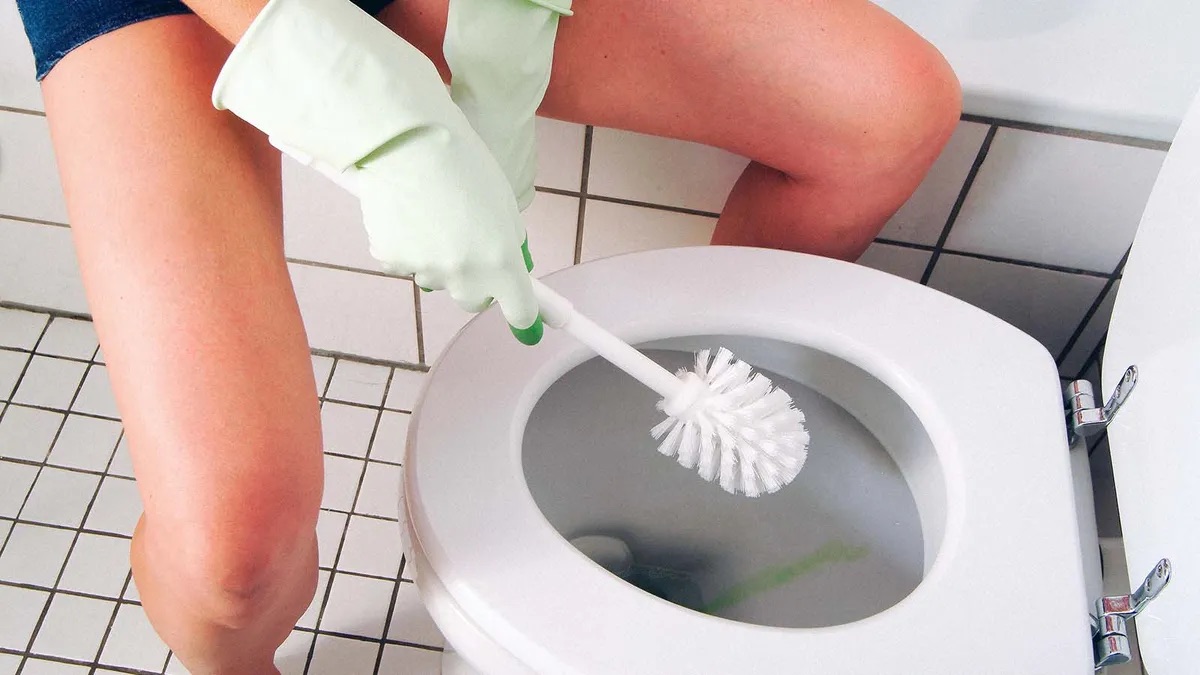
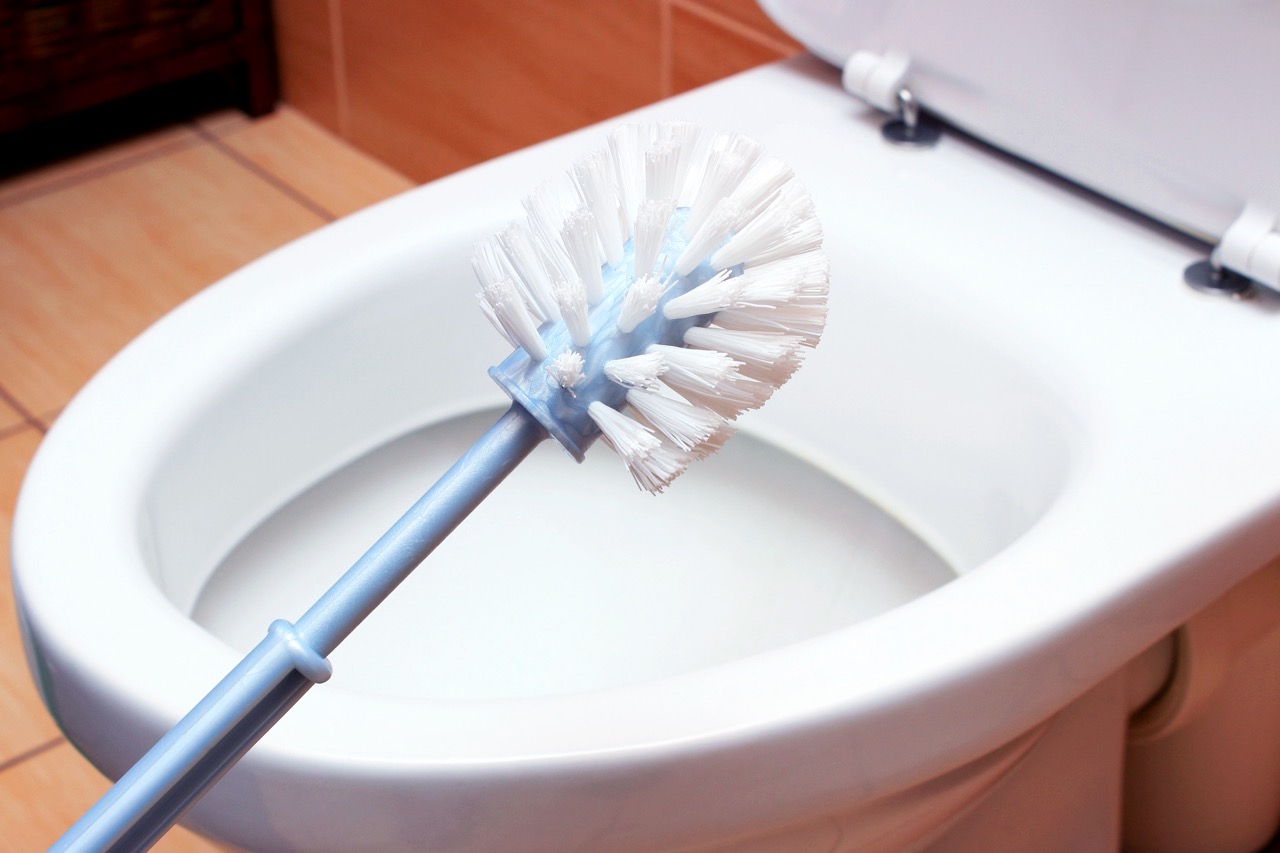
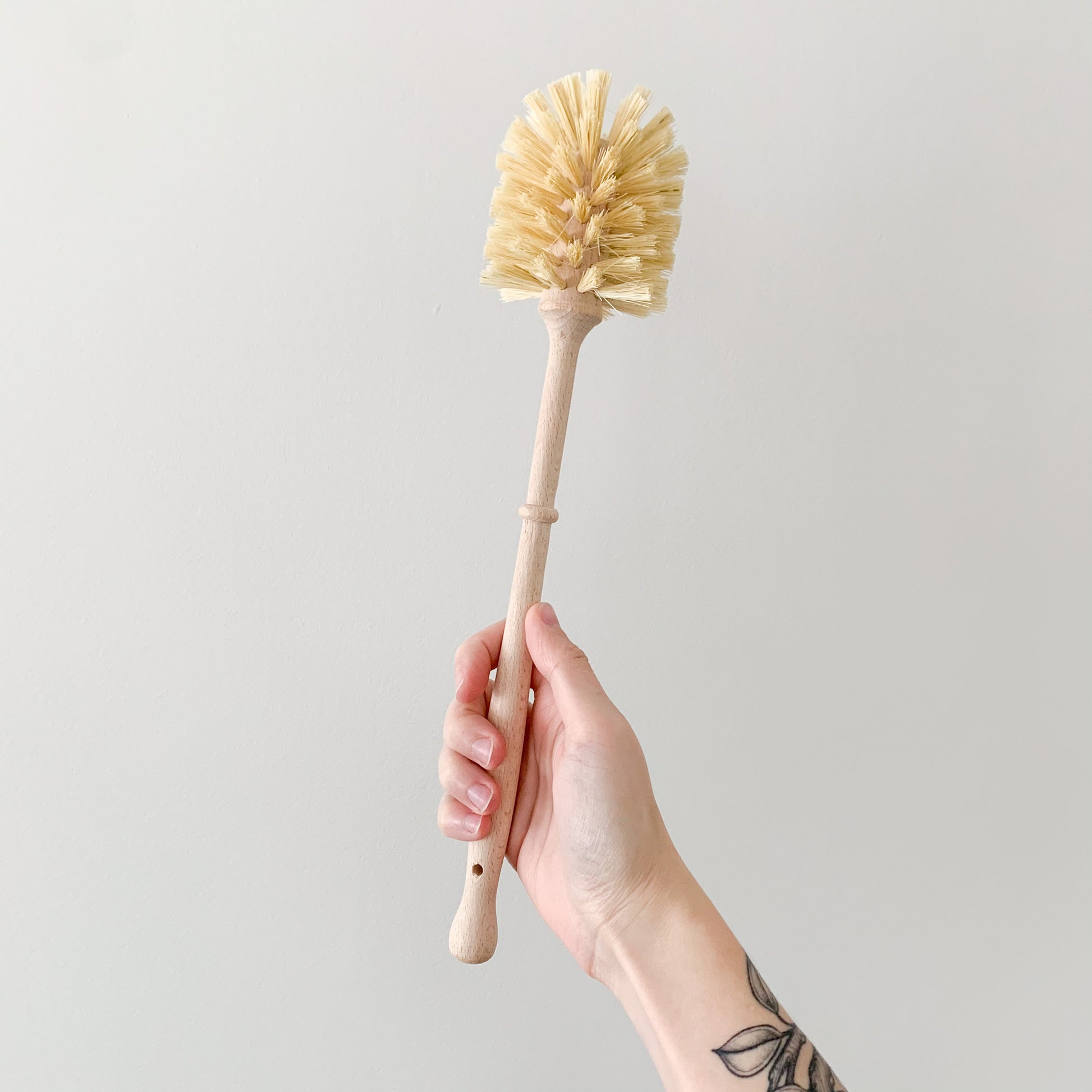
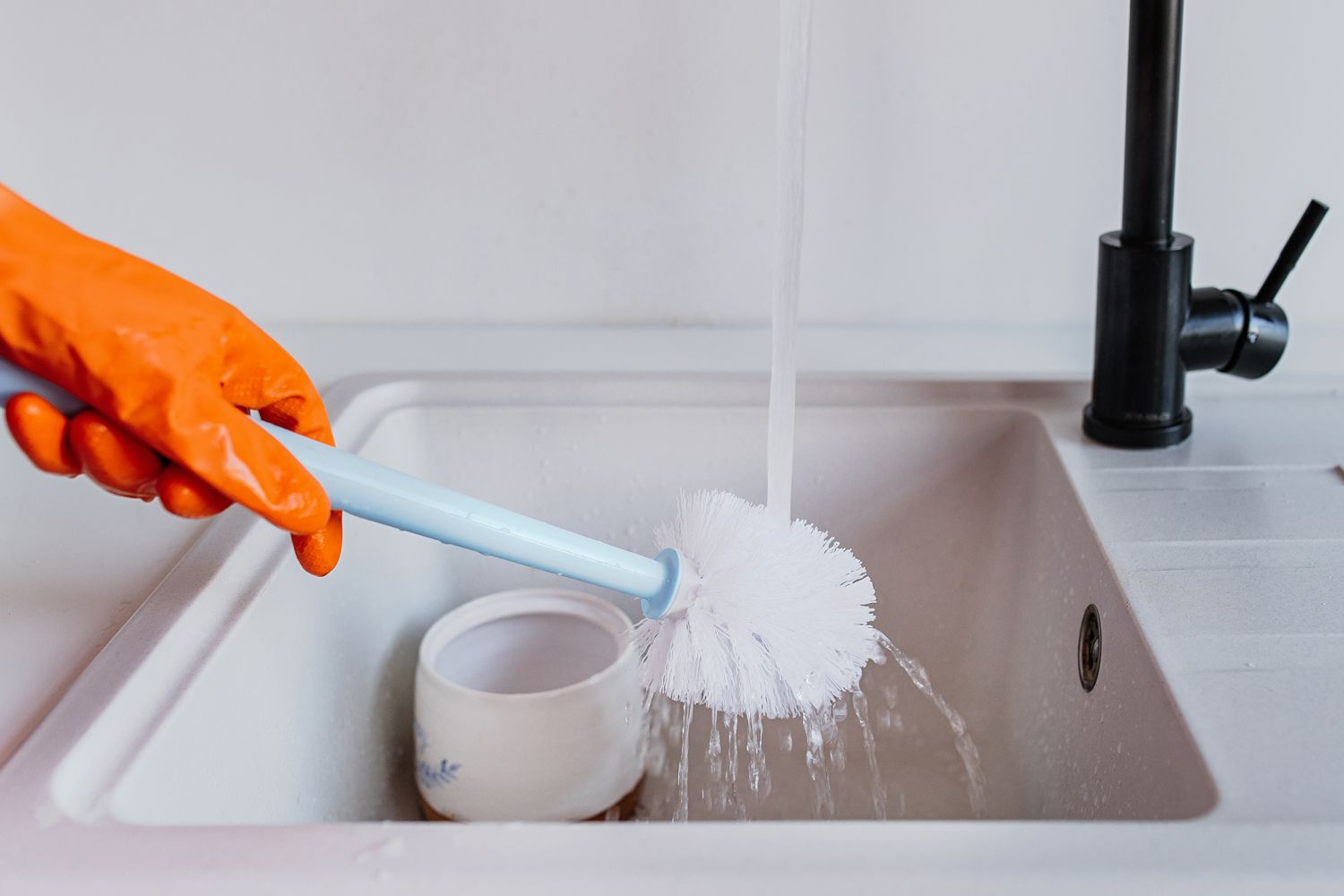
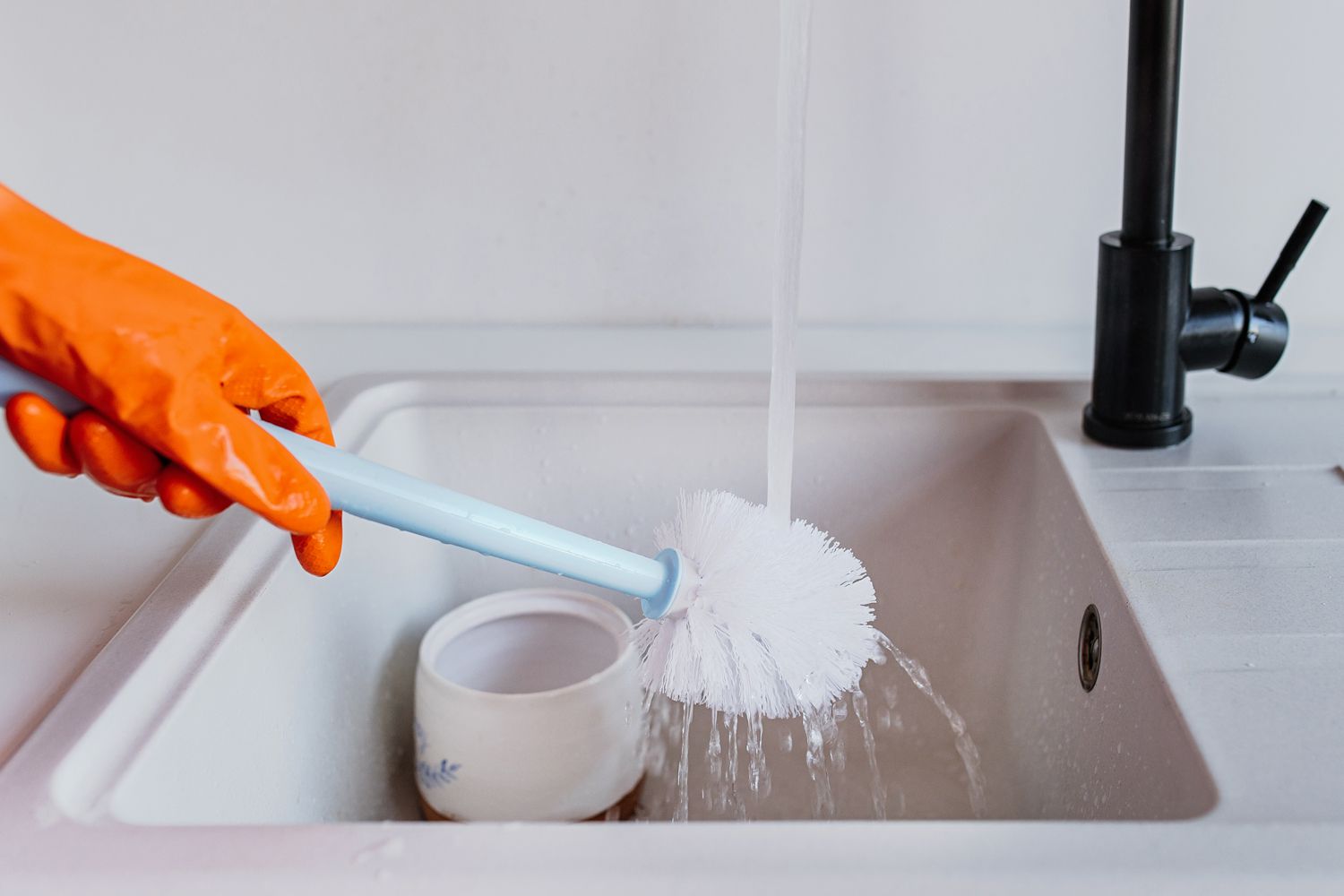
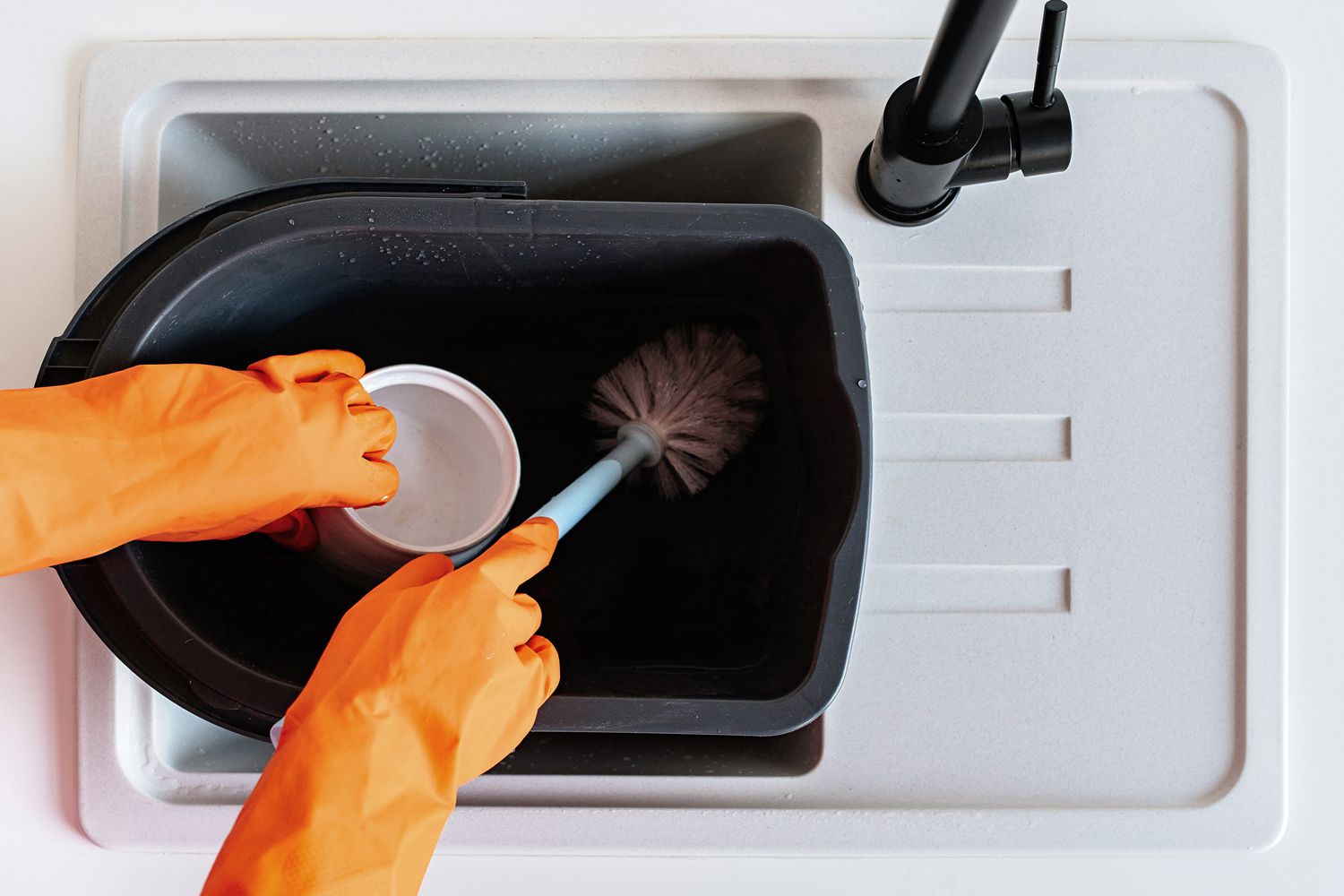
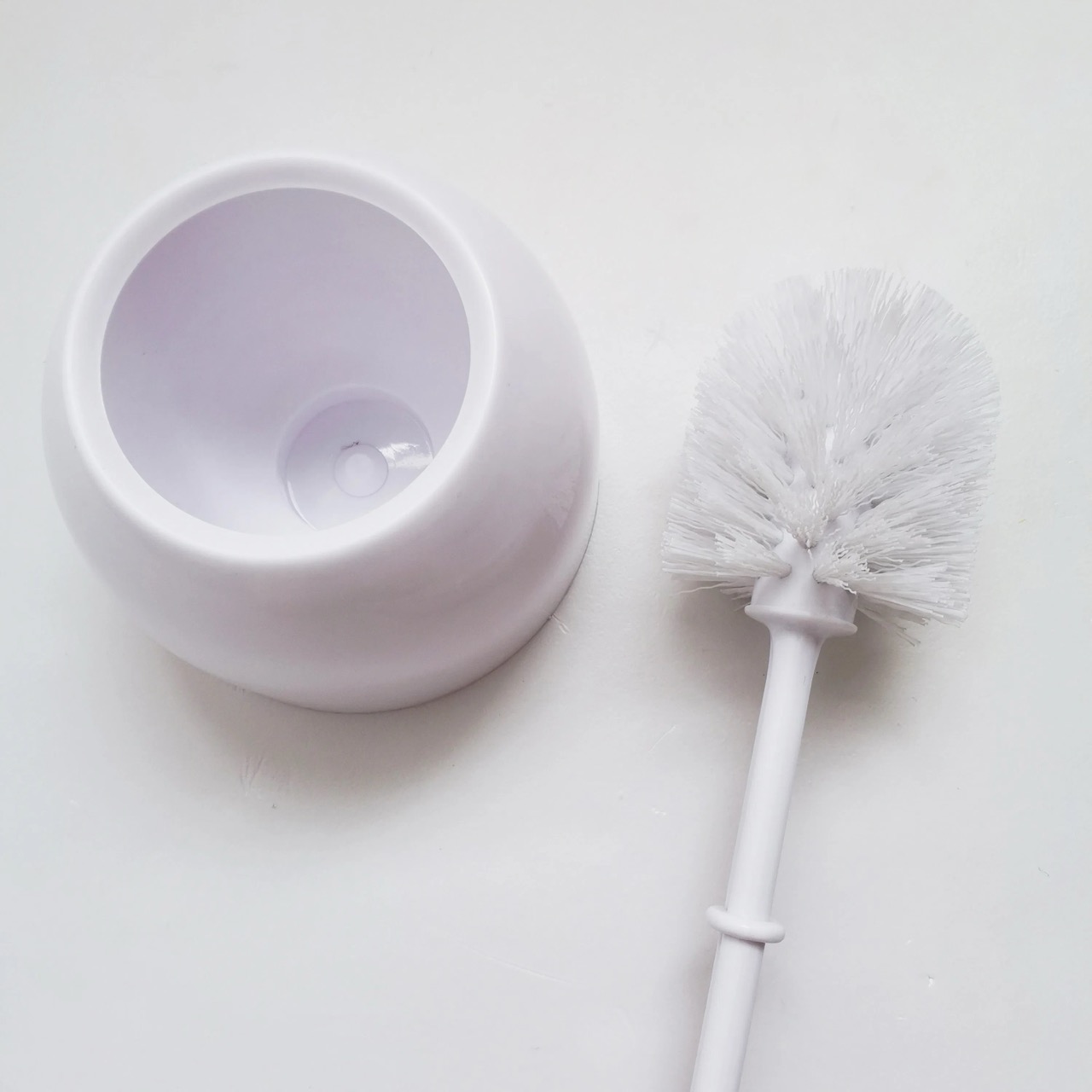
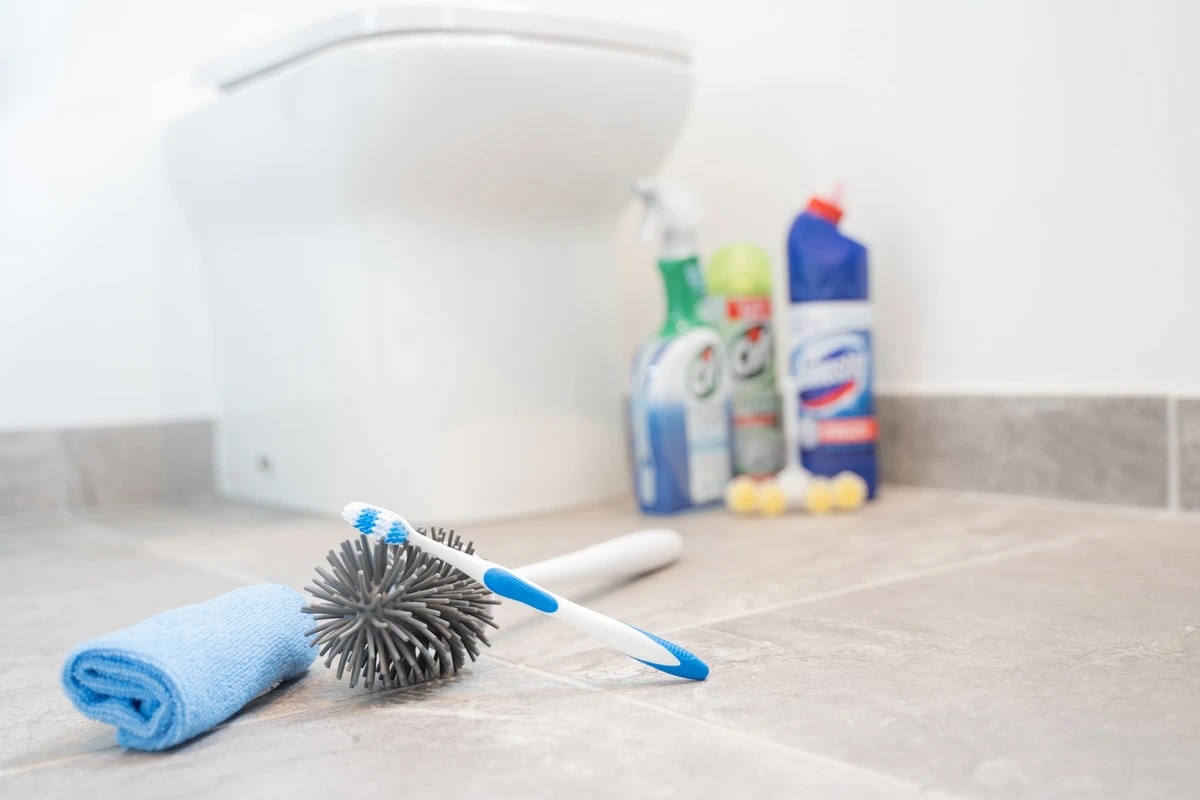
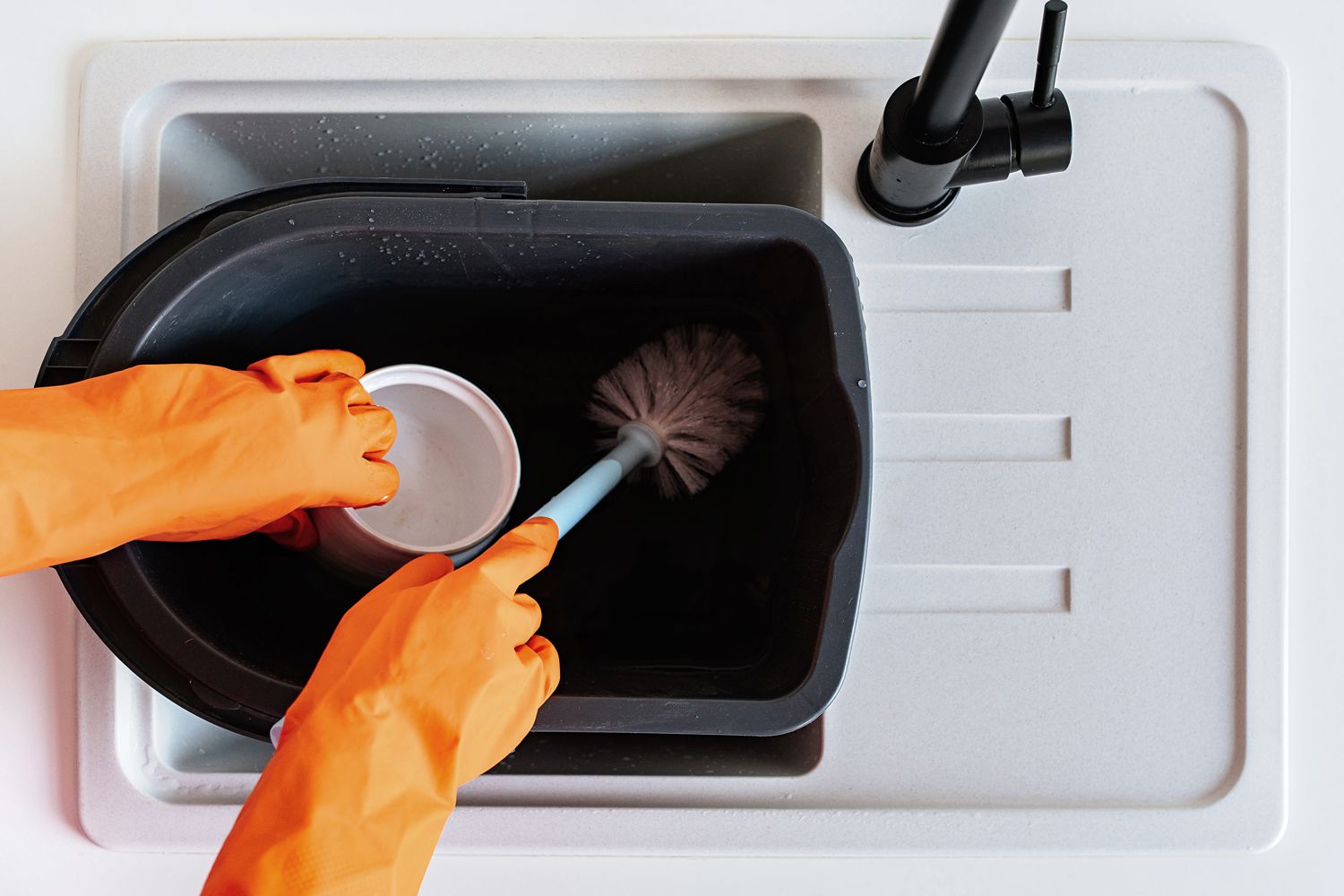
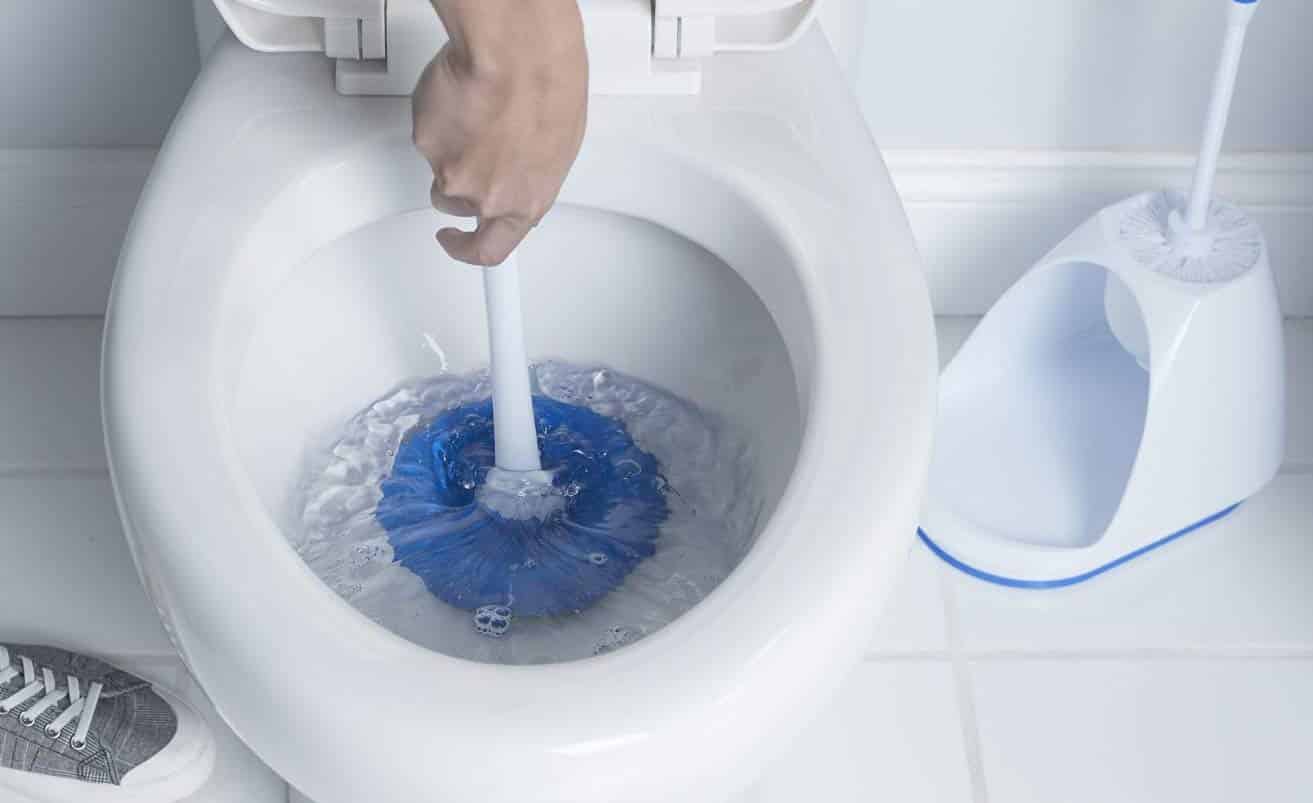
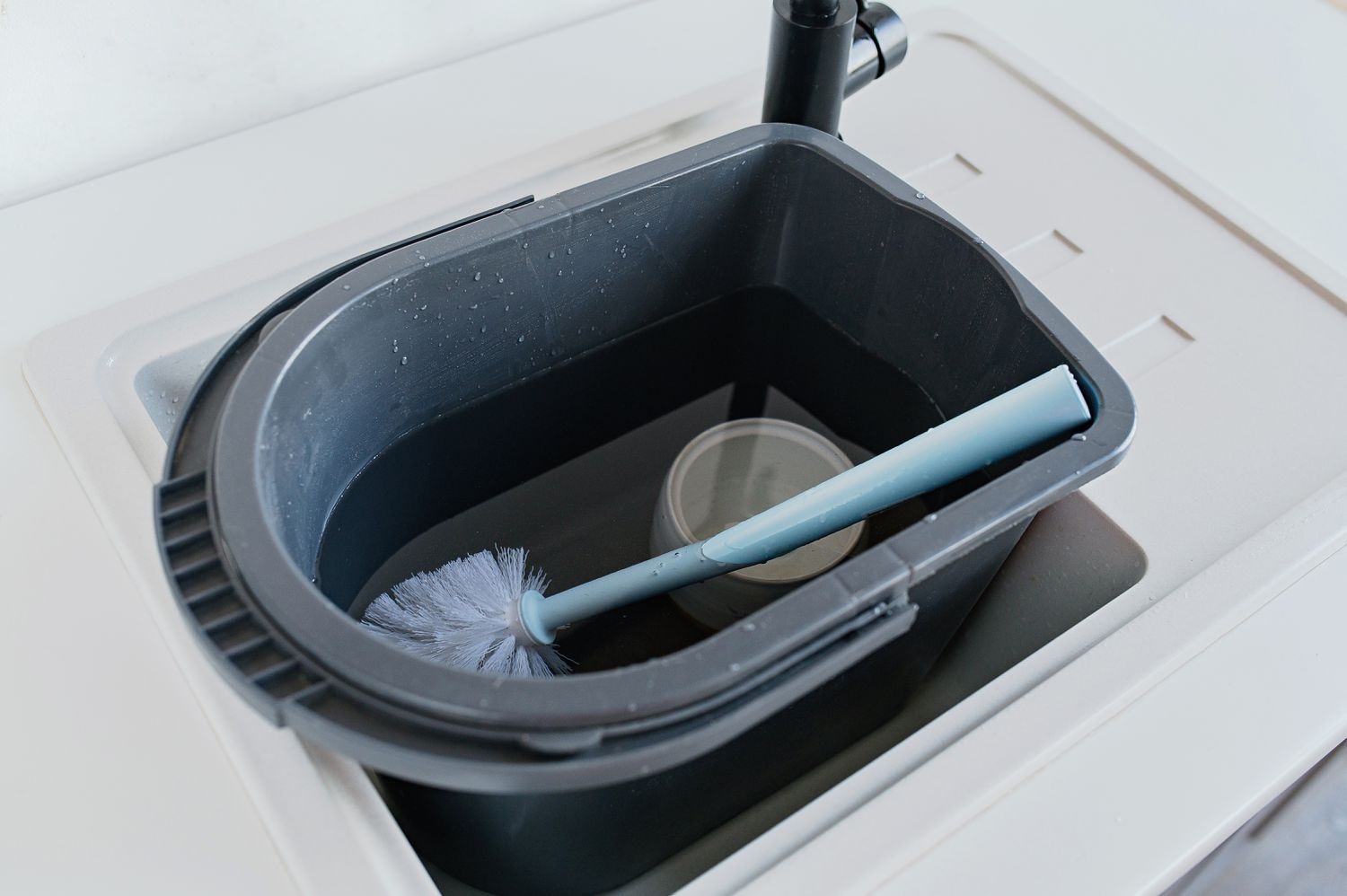
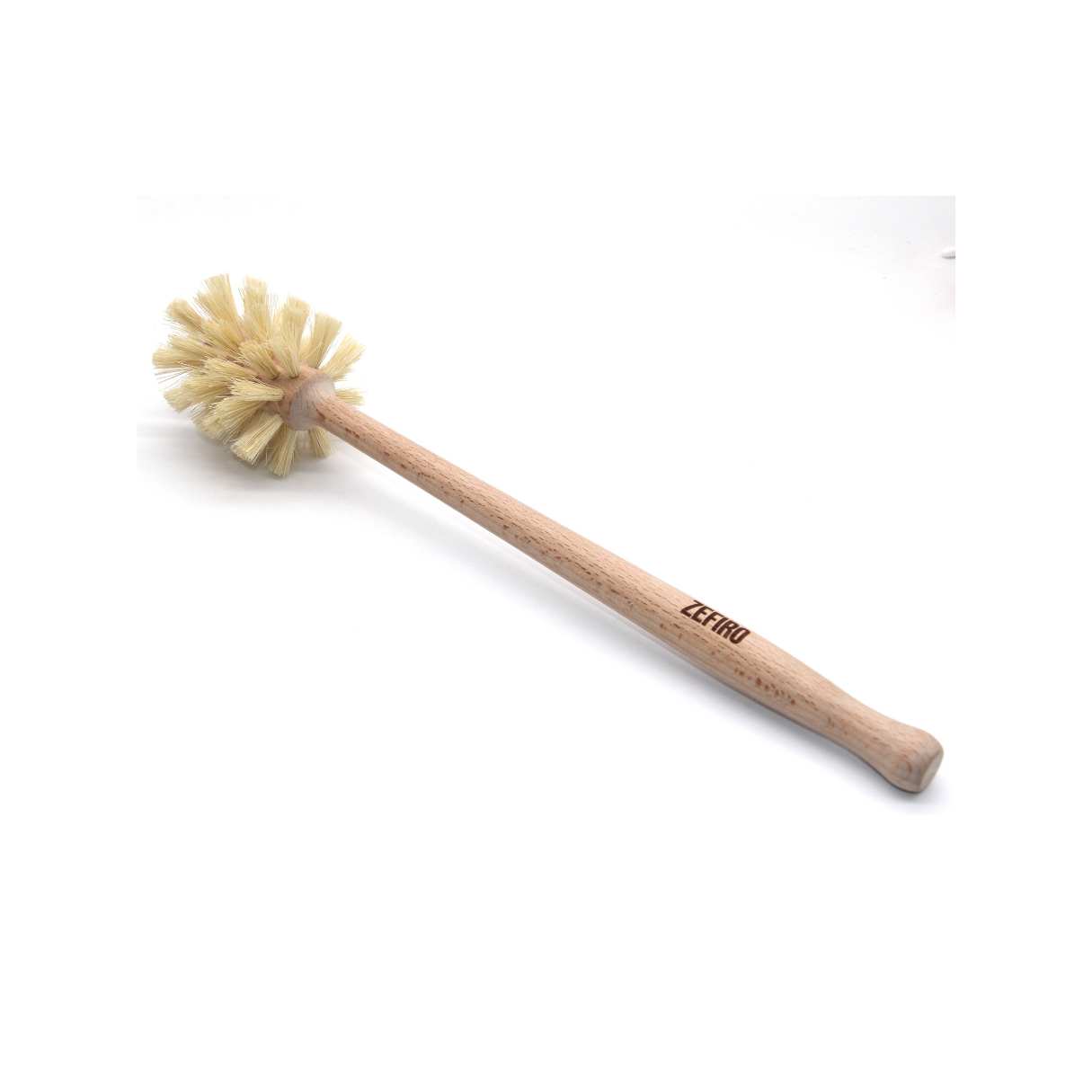
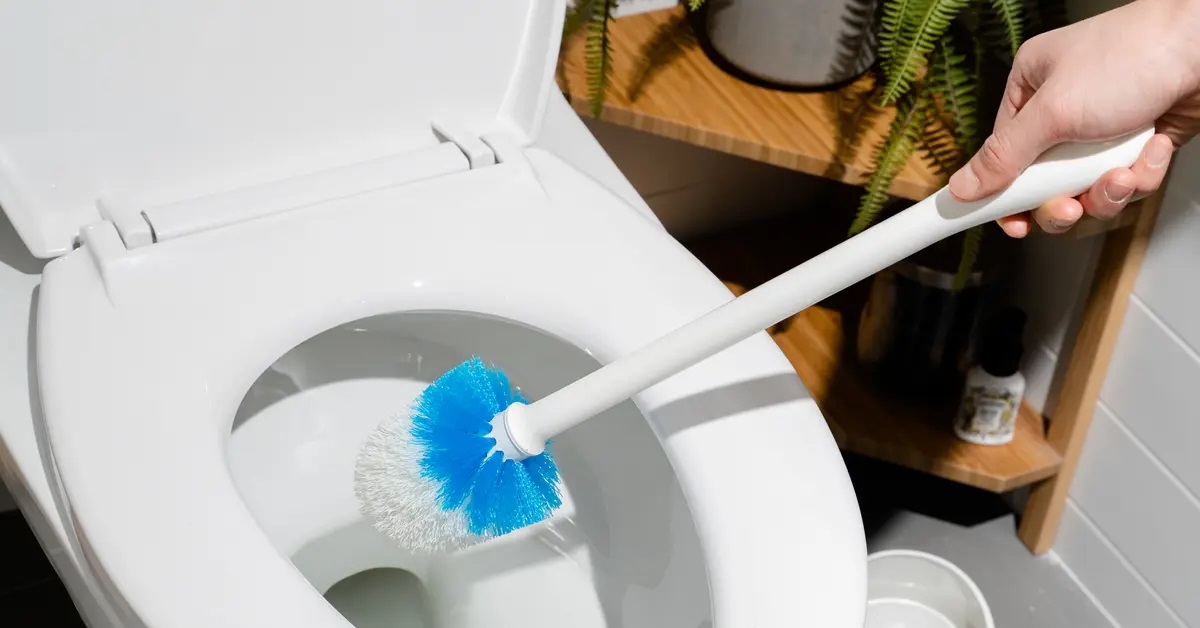

0 thoughts on “Martha Stewart’s Tips For Cleaning A Toilet Brush”